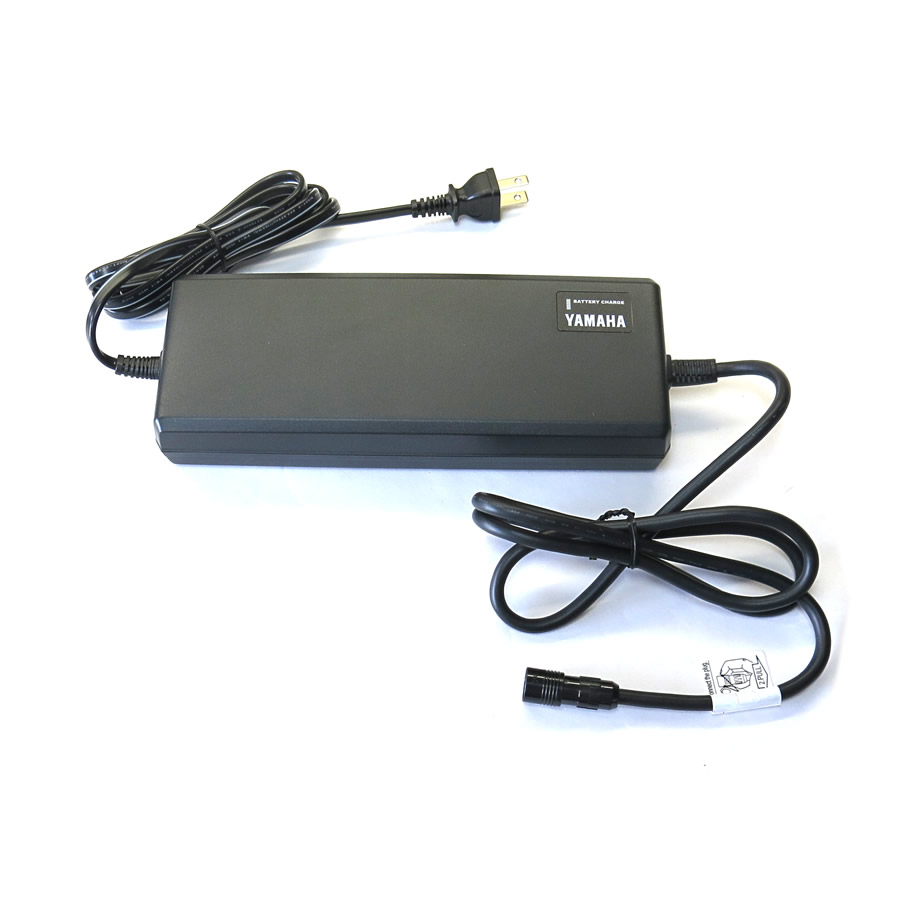Why aren't there quick chargers for ebike?
I was looking at cell phones, and some of the largest smartphone companies like Xiaomi and Vivo have introduced quick chargers that can be charged 0% to 100% in 13 min to 17 min.
Somebody here on EBR said that RC cars, boats or airplanes can be charged from 0-100% in 15 minutes. (give or take)
Tesla can be charged 0-50% in 20 minutes. (0-80% in 40 min. and 0-100% in 75 min)
As far as I know, ebikes typically take hours to charge, you can't just drop by at coffee shop and charge it for like 15 min (like people do on cell phones and laptops) and go.

I know there are "quick chargers" for ebike, but that usually means your 6 or 7 hour charge may become 3 hours. (0 to 100%)



